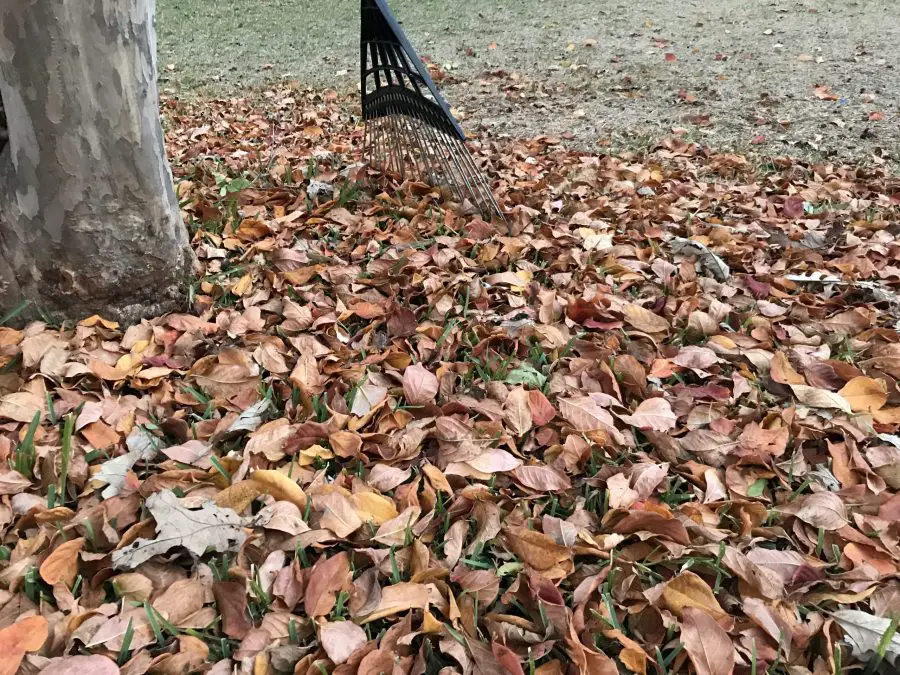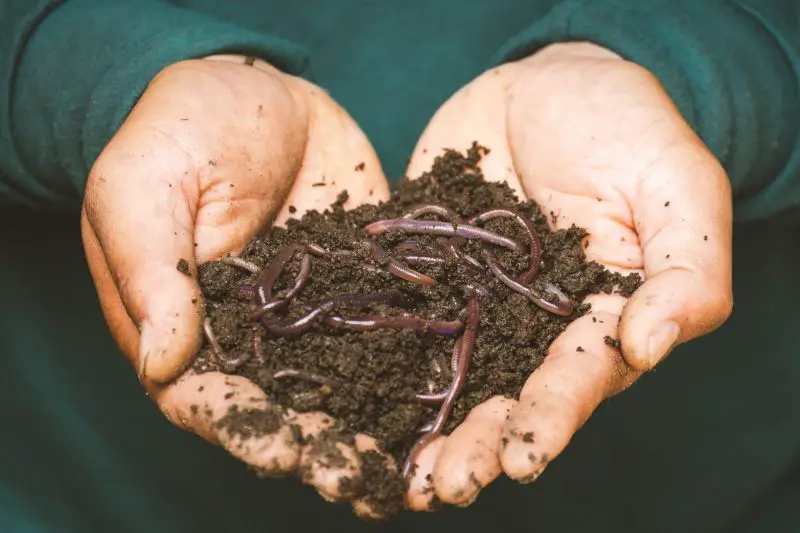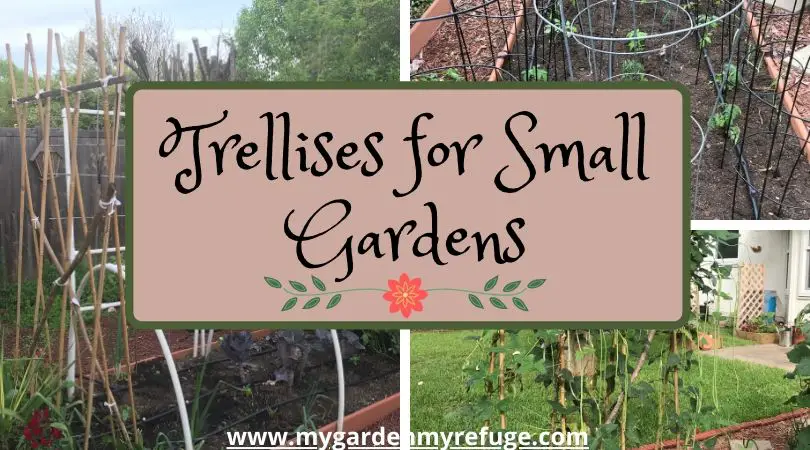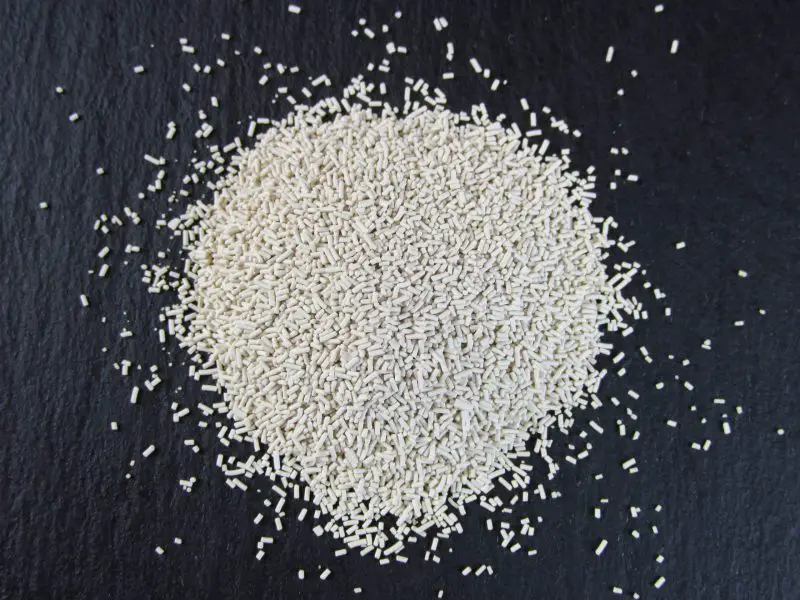While gardens in the north are getting ready to go to bed at the end of September, it is a transition time in the south. The cool season is the best time to have a garden in the south since temperatures are more comfortable and humidity is lower. As a result, disease and pest problems are not as frustrating as they are in the warm season. That said, there is a trick to transitioning the southern garden to the cool season.
The change of season in central Texas, or the south in general, is not as smooth as someone would wish. Summer temperatures could linger into December, delaying cool-season crops planting. As a result, the cool season may be much shorter than it should be.
I have been applying the following tips for years to make the seasonal transition as smooth as possible.
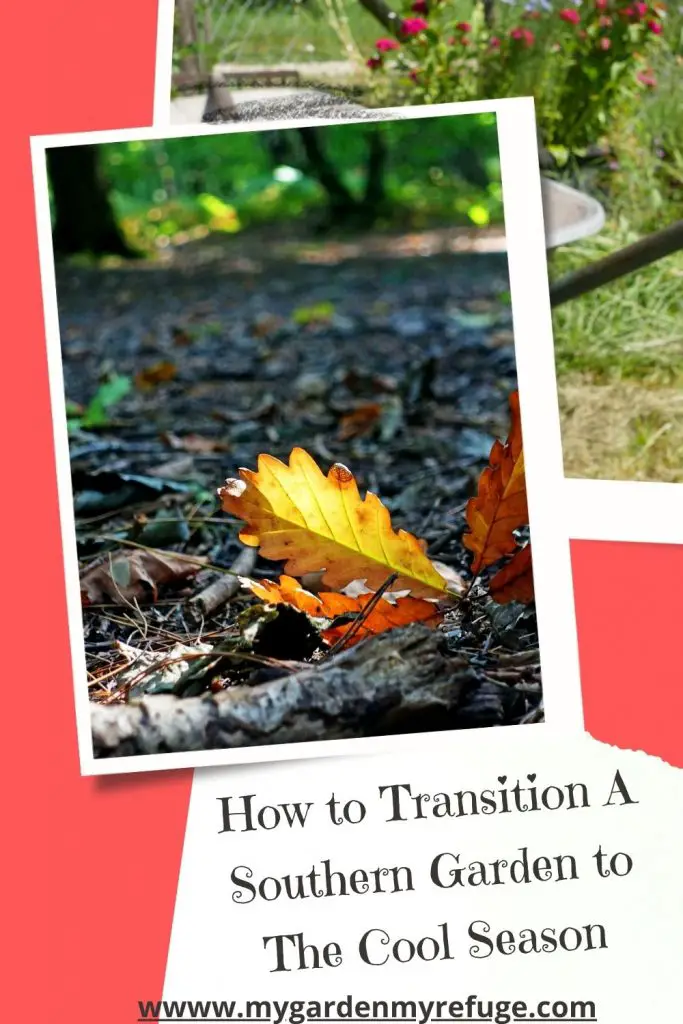
#1 Every end is a new beginning
After months of caring and nurturing, new gardeners might find it heartbreaking to get rid of the spent plants at the end of summer.
Having the right mindset is critical in this situation. Rather than looking at it as destruction, look at it as clearance. By removing the old plants, we are making way for a new life to begin.
#2 Overlap the crops
Drastic temperature fluctuations during seasonal transitions may cause frustration among southern gardeners, deciding between maintaining summer crops that are still thriving in the garden or planting winter crops, which may bolt if temperatures stay above 75F(25C) for too long.
A possible solution is to interplant slow-bolting winter varieties within the existing crop. Then, when it’s time to get rid of the old plants, cut them at the soil level instead of uprooting them. This way, you won’t disturb the neighboring plants.
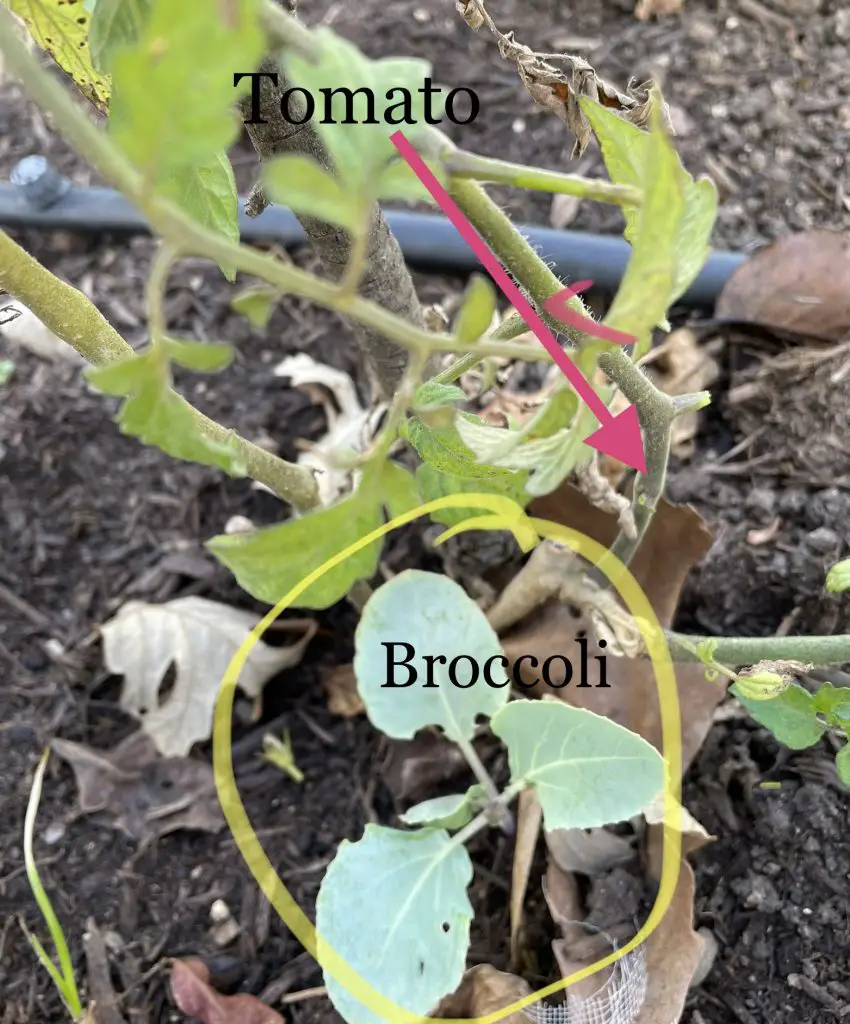
#3 Have a spare bed
Keeping a spare growing bed bare is another solution. It provides extra room to plant a new crop for the new season without disturbing the existing one.
I say bare, but that does not mean to keep it unplanted all season long. That will only create a new problem: dealing with weeds. Instead, plant a quick maturing crop for quick cleanup or a cover crop to use as green manure.
#4 Provide shelter
If space is not an issue and you can plant cool-season, protection from the sun using shade cloth is crucial. There are two things to look for in a shade cloth: the fabric material and the density percentage.
Heat triggers a stress signal on cool-season plants, causing them to go to flower. So, providing some level of shade is critical during warm days. There are different levels of density in the market today. For example, a 30% cloth offers light shade, and a 90% offers heavy shade. In this case, a 60% density is ideal for cool-season plants.
#5 Out with the old
Once the new season arrives and the old crops reach their end, start the cleanup process. It does not have to happen in one shot unless help is available.
Start with the diseased plants and the ones that are looking miserable. Discard them away from your garden to prevent any potential spread of disease or pest. Make sure to clean the beds from plant debris for the same reason.
#6 Revitalize the soil
When talking about revitalizing the soil, fertilizers come to mind. They are, indeed, an option but not a sustainable one since they are like prescription medication. They relieve a particular deficiency in the soil but do not contribute to its overall health. Adding compost, instead, will feed soil life. In return, the latter will help create balanced soil chemistry.
